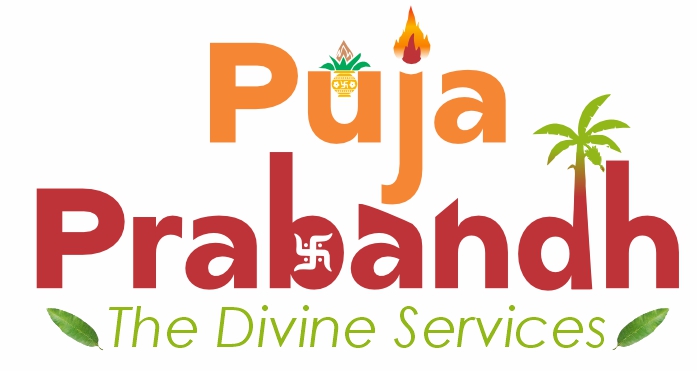📜 Significance:
Rama Navami celebrates the birth of Lord Rama, the seventh avatar of Lord Vishnu and the embodiment of dharma, virtue, and righteousness. In Maharashtra, devotees honor Lord Rama’s ideals of truth, duty, and devotion through prayers and rituals. The festival inspires people to follow the path of righteousness and seek blessings for courage, wisdom, and protection from evil.
🗓️ When It’s Performed:
- Observed on the ninth day (Navami) of the bright half (Shukla Paksha) of the month of Chaitra (March–April)
- Pooja is generally performed in the morning or afternoon hours
🛐 Who Can Perform:
- Devotees of Lord Rama, individuals, and families
- Can be performed at home or temples with the help of a Panditji
- Often performed communally in temples or by Ram Bhaktas (devotees)
📦 Puja Samagri (Items Required):
- Idol or picture of Lord Rama along with Sita, Lakshman, and Hanuman
- Kalash (pot with water, mango leaves, and coconut)
- Haldi, kumkum, sindoor, sandalwood paste
- Fresh flowers and garlands
- Diya (lamp), agarbatti (incense sticks), camphor
- Fruits, sweets (like modak, peda), and dry fruits
- Panchamrit for abhishekam (holy bath)
- Tulsi leaves
🕯️ Main Rituals:
- Abhishekam of Lord Rama’s idol with Panchamrit and water
- Decorating the idol with flowers and sandalwood paste
- Recitation of Ramayana excerpts or chanting of “Ram Naam” and mantras
- Performing aarti and offering prasad to devotees
- Distribution of prasadam and charity to the needy
- Reading or listening to the story of Lord Rama’s life and virtues
⏳ Duration:
Typically 45 minutes to 1 hour depending on the rituals and recitations
🎁 Benefits of Rama Navami Pooja:
- Invokes blessings of courage, wisdom, and righteousness
- Strengthens devotion and faith in dharma
- Removes obstacles and negativity from life
- Brings harmony, peace, and prosperity to families
- Inspires moral and ethical living in daily life

